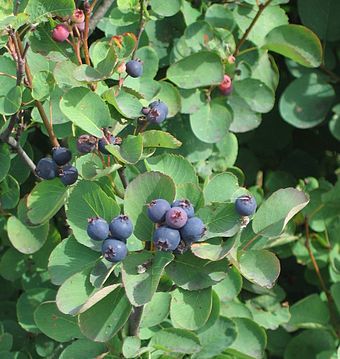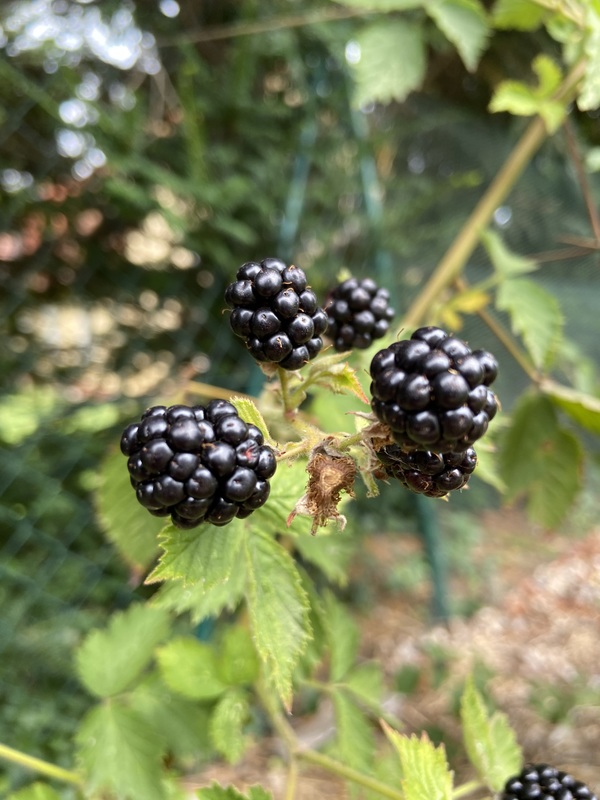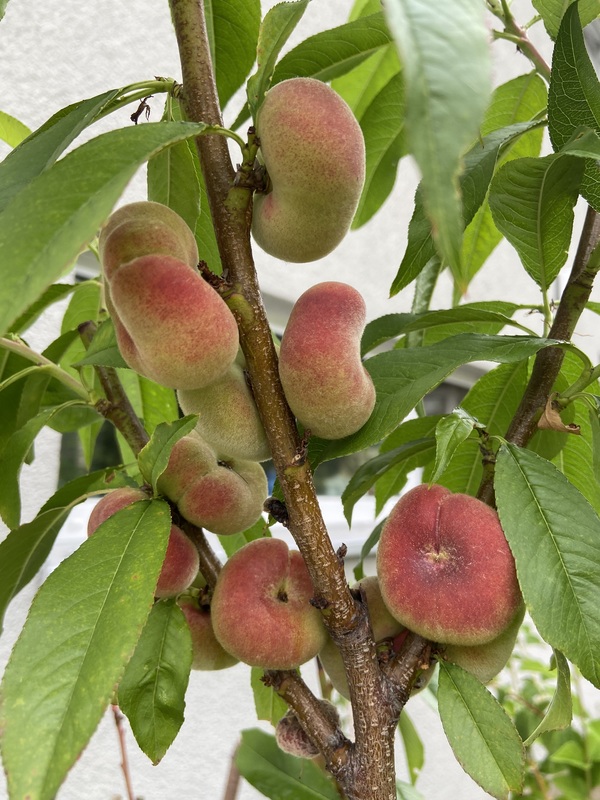Description
The blue elderberry (Sambucus caerulea) is a deciduous shrub or small tree that is native to western North America. It is typically found in moist, open areas such as stream banks and canyons. The blue elderberry can grow up to 15 feet tall and has a spreading, multi-stemmed habit.
The leaves of the blue elderberry are opposite and compound, with 5-9 lance-shaped leaflets. The leaves are green on the upper side and blue-gray on the lower side. In spring, the plant produces clusters of small, fragrant white flowers that are attractive to bees and other pollinators. The flowers are followed by blue-black berries that are edible and can be used to make jams and jellies.
The blue elderberry prefers full sun to partial shade and moist, well-draining soil. It is drought-tolerant once established and can tolerate a wide range of soil conditions. In colder climates, the blue elderberry is winter hardy and can withstand temperatures as low as -20 degrees Fahrenheit.
The berries of the blue elderberry are edible and can be eaten fresh or cooked. They can also be dried or frozen for later use. The berries are high in vitamins A and C and can be used to make jams, jellies, and wine. The flowers can be used to make tea, and the bark and leaves have been used medicinally by Native American tribes to treat a variety of ailments.
The blue elderberry is a valuable plant for wildlife, providing food and shelter for birds, small mammals, and pollinators. The plant is also useful for erosion control and can be used as a windbreak or for stabilizing slopes. It is often used in restoration projects and natural landscaping.






